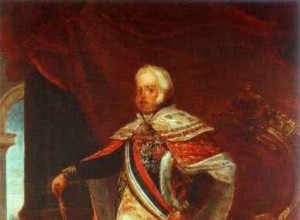BY LUCERO YRIGOYEN M.Q One morning the center of Lima woke up with dozens of dead dogs hanging on poles. Beneath these cruelly slaughtered animals were signs reading “Teng Siao Ping, Son of a Bitch.” But, what did this terrible business card mean? End of 1980. The streets of downtown Lima woke up




